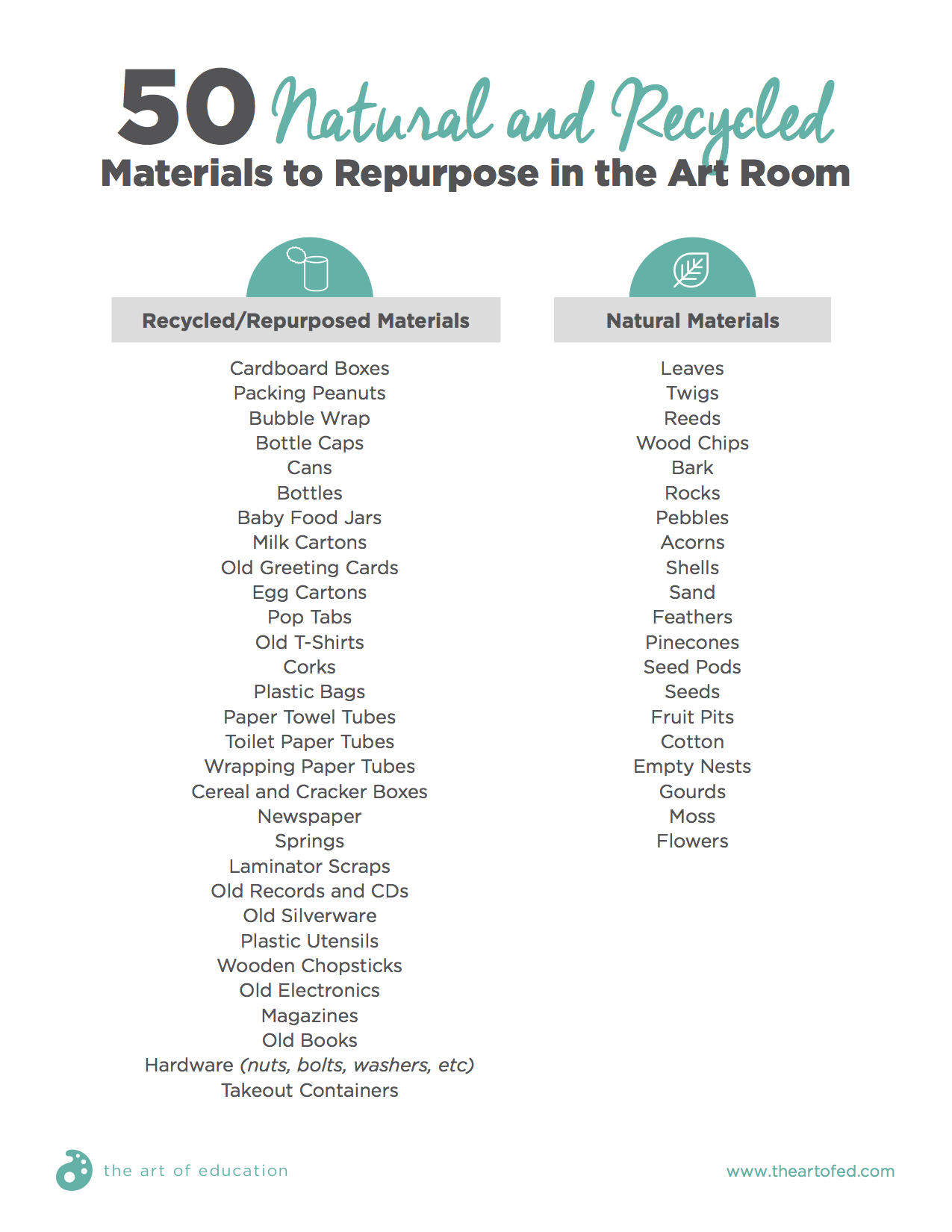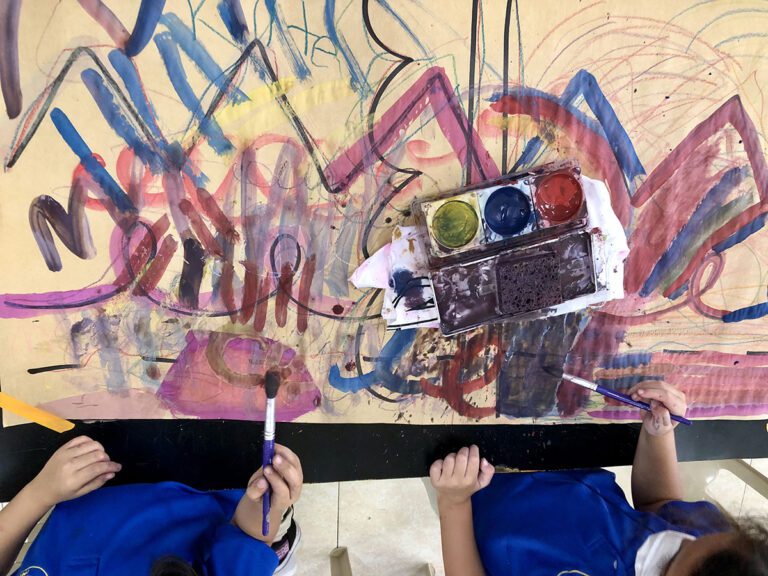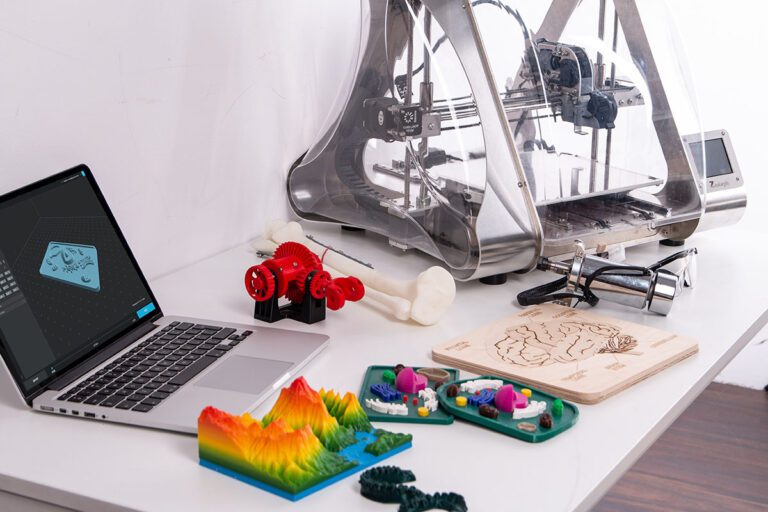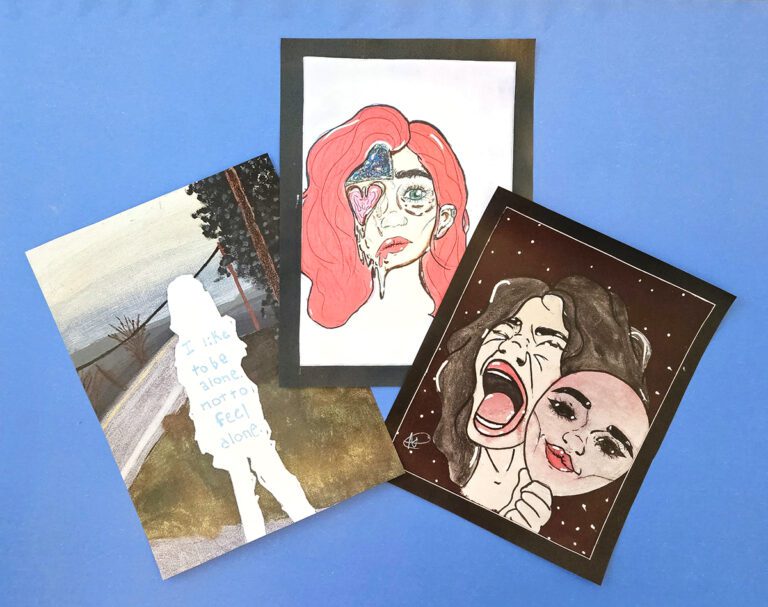With new initiatives in education, many art teachers are feeling the pressure to incorporate a slew of other content into their classrooms. This is especially true of commonly tested subjects like Language Arts and Math. Therefore, many art teachers are bringing in more connections through STEAM education and Makerspace activities. It’s safe to say, design thinking and engineering challenges are popping up in a lot of classrooms.
This is great news! There are so many positives to these types of challenges. Students are forced to think critically and work collaboratively to find and refine solutions to complex problems. If you want to engage students, this is a great way to get started!
However, there can be one big drawback – materials. These types of challenges can use up a lot! Sure, our students are learning, but sometimes it’s at the expense of our environment and our tight supply budget.
How can we encourage our students to be environmentally conscious while engaging in authentic engineering and design?
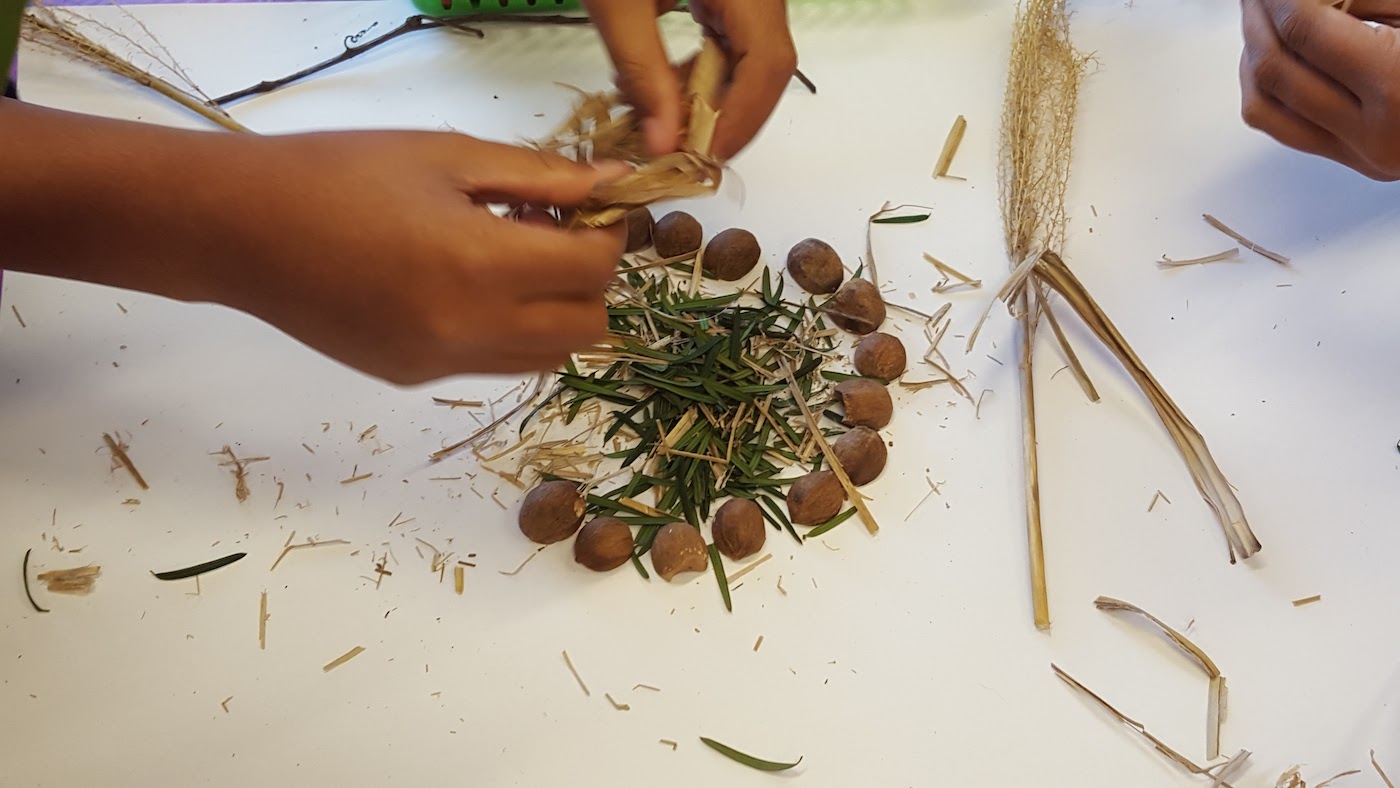
Elizabeth Mullaney, a high school art teacher and participant in AOE’s Project Based Art Room course, came up with a great way to integrate environmental consciousness into a design challenge for her students. In her art room, students designed functional objects using only natural materials!
Elizabeth told me, “I have an obsession with how we interact with our world, more specifically our environment. Anything I can do to get students engaged and thinking about these issues and developing solutions that are more sustainable and viable, I am supportive of.”
In her classroom, Elizabeth uses data from the American Society of Civil Engineers Infrastructure Report Card to get her students thinking in a more environmentally conscious way. She then presents a design challenge where students are tasked with recreating a functional object using only natural and recycled materials. Students get feedback from peers as they are developing their design, and have to think critically about how to reinvent something familiar.
She explained the reasoning behind the assignment this way, “Design challenges seem to have few natural materials and resources. This struck me as odd, as one of the largest issues that our students are going to have to tackle is that of the environment.”
Elizabeth’s challenge pushes her students to communicate, energize their own empathy for others, and think abstractly. While the final products might not be the perfect solutions, the challenge of the process is perfect for sparking discussion and encouraging students to reflect on their impact on the environment.
If you would like to design a similar challenge for your students, it’s a good idea to start collecting materials early!
Download a list of 50 natural and recycled materials to start collecting below!
In addition, when you’re planning any design challenge, it’s a good idea to have a wide variety of materials to help students.
Consider providing some or all of the following:
- Needle and Thread
- Twine, String, and/or Fishing Line
- Hairdryer or Heat Gun
- Hot Glue Gun and Glue Sticks
- Hammer and Nails
- Drill or Screwdriver and Screws
- Grout, Caulk, and/or Other Adhesives
And, to inspire your students even more, check out the community of eco-conscious creatives sharing their artwork through the site, Recyclart. Maybe your students can share their functional re-designs too!
Ideas like Elizabeth’s are part of what makes Project Based Art Room so much fun. Students generate and share incredibly innovative ideas that push the boundaries of traditional art room practices. Course participants are inspired by each other and work to hone their ideas to make them the best they can be. Everyone walks away from this course with tons of ideas to implement in the classroom right away!
Design challenges can be a fun addition to your art curriculum. If you are looking for more ways to engage your students in authentic learning experiences that support integration initiatives, enroll in Project Based Art Room today!
What design challenges do you use in your classroom?
What kinds of materials can you re-think to add to your design challenge kits?
Magazine articles and podcasts are opinions of professional education contributors and do not necessarily represent the position of the Art of Education University (AOEU) or its academic offerings. Contributors use terms in the way they are most often talked about in the scope of their educational experiences.

